A Couple Thoughts About 'Rewards Programs'
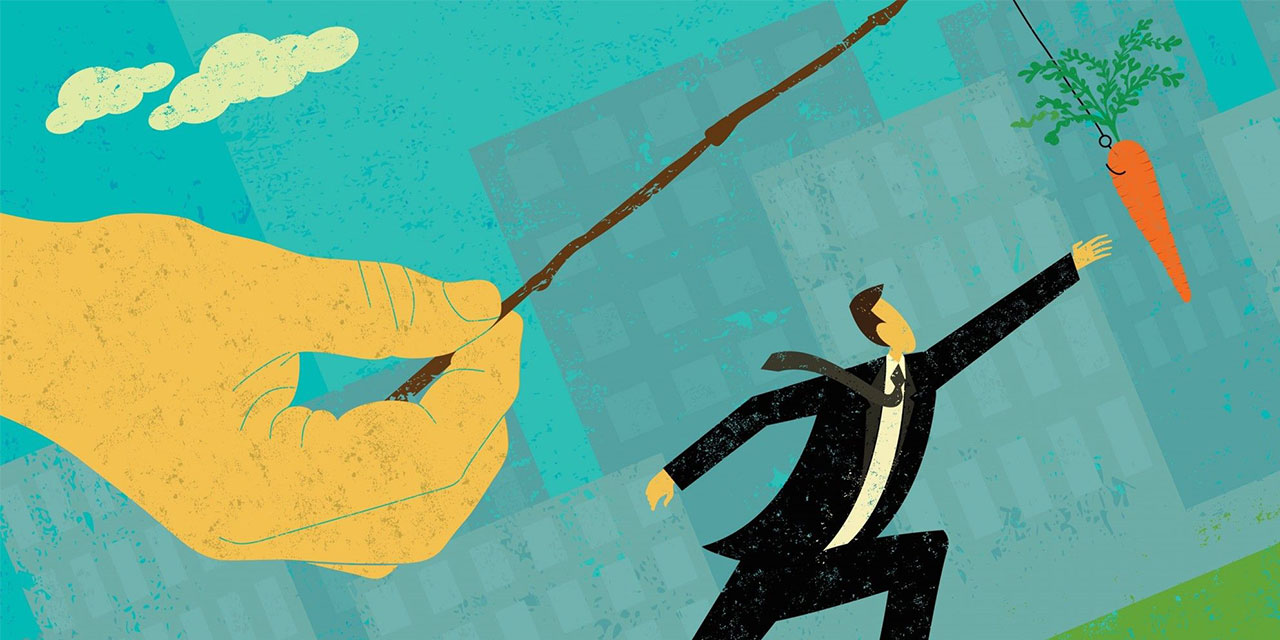
Congratulations, if you are reading this that means you have survived yet another Black Friday! While a large portion of consumers don’t even go out for the inaugural holiday shopping event, no one is safe from the bombardment of messages encouraging us to buy this time of year.
Email pushes, newspaper flyers, and commercials are just a couple mainstays retailers utilize to rack in the sales through the holiday season – yet there is one important tool that companies can utilize year round.
Rewards Programs.
How many times over the holidays have you signed up for a rewards program to get an immediate discount only to leave the card to fatten your wallet for eternity? If built correctly, loyalty programs can be a win-win for both consumers and companies.
We here at Inphantry love compelling user experiences, so we’ve rounded up some of ours Do’s and Do Not’s for effective rewards programs.
Do’s:
Take advantage of small rewards. Not every customer with a loyalty membership is going to achieve those top tier benefits. Small rewards help thank the occasional customer while helping to promote increased purchases. A good portion of my wardrobe is from Pacsun, and after almost every purchase I have five bucks waiting for me in my account. These small rewards may not make a big dent in a sizable purchase, but it can help motivate purchases and build momentum.
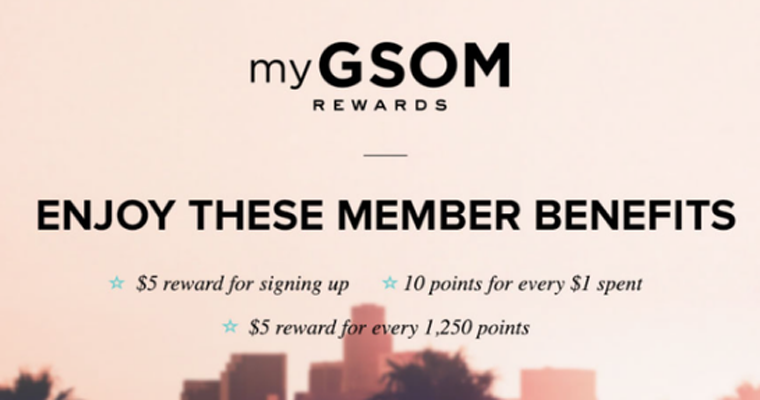
Remember, surprises are powerful for brands. I can’t tell you the number of times I’ve gone grocery shopping during the day, then ordered Indian food for dinner with Postmates – all because I’ve got a free delivery.
Many of today’s biggest delivery and ride sharing services, like Postmates and Lyft, often utilize surprise promotions through push notifications to drive impulse buying decisions. These promotions may come in the form of a free delivery, percent off coupon, and other rewards that can be redeemed at the tap of a finger.
The reason why they are effective is they’re based on purchase history, brand loyalty and other key components. They simply reward consumers for being part of the brand.
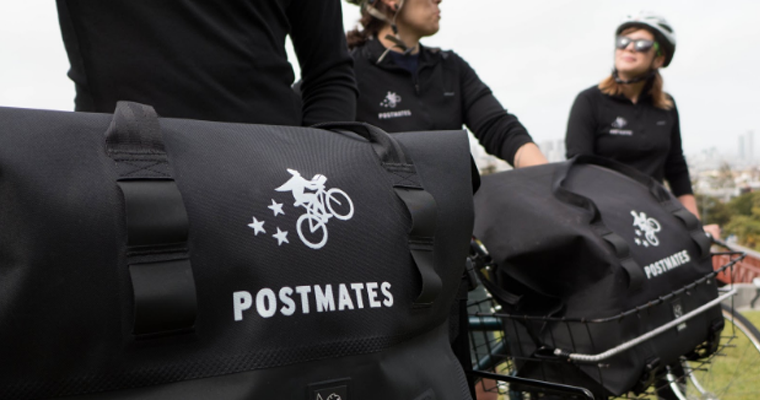
Reward for participation, not just purchases. Good rewards programs engage loyal consumers and drive purchases, but great rewards programs also drive brand lifestyle and loyalty. Many retailers, especially ones who target young audiences like Urban Outfitters and Gamestop, reward users for participating in brand activities rather than just purchases.
For instance, you can get Power Up rewards just for checking-in at your local Gamestop. Urban Outfitters consumers can get rewards for sharing their favorite items or using specific hashtags. This is truly a win-win for brands and their fans, driving consumer engagement while rewarding consumers for activities other than purchases.
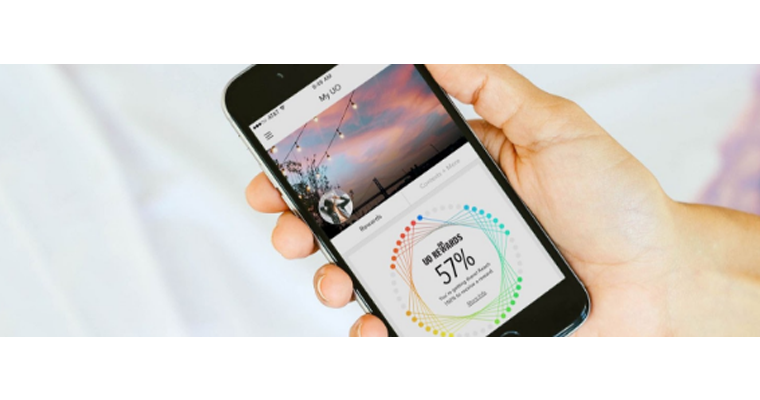
Do Not’s:
Complicated programs = confused consumers. I recently found out my favorite bubble tea chain has a rewards program, but it’s not all great.
To receive rewards you must pay with a credit card stored within the app, to add funds on your account you have two choices: you can either have all purchases charged once monthly, or reload $25 and automatically reload another $25 after your balance drops below $10.
What?… Rewards programs should reward the buying process, not complicate it. If it takes more than a minute to explain your rewards program, it’s time to go back to the drawing board.
Rewards Programs are more than emails. Have you ever signed up for a rewards program with your only “rewards” being weekly promo emails?
I’ve been there, and they always end up in the trash.
For the record, I love getting promo emails – half my jeans from the Gap were impulse purchases after getting a compelling email. Yet to call a mailing list a rewards program is pretty lazy: coupon codes aren’t the same as rewards.
Zero momentum equals zero participation. I always get random emails from brands telling me I have all these points banked from some purchase, but they don’t communicate how I redeem them or why I should care. Great rewards programs give consumers a sense of momentum, putting power into their purchases. Take Best Buy: if you reach a certain accumulated purchase total within a calendar year, you gain access to better rewards that really make a difference.
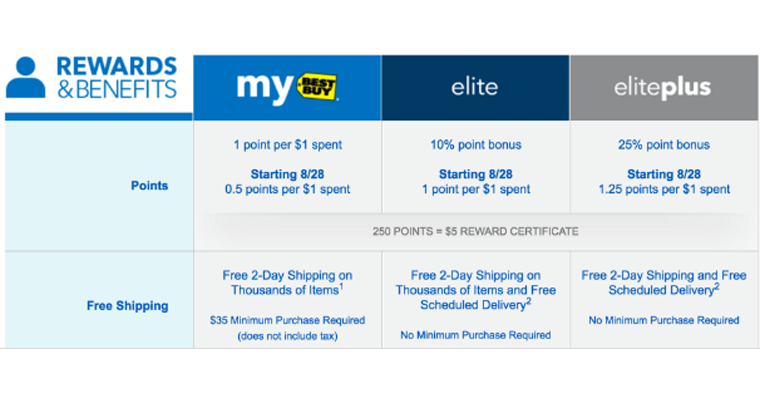
Is your brand / company interested in building a compelling rewards program with Inphantry? Maybe even throw an app or web page in the mix? Shoot me an email at trevor@inphantry.com, and follow me on Twitter: @ninjaman173.
Don’t forget to check the bulk of Inphantry’s work.
